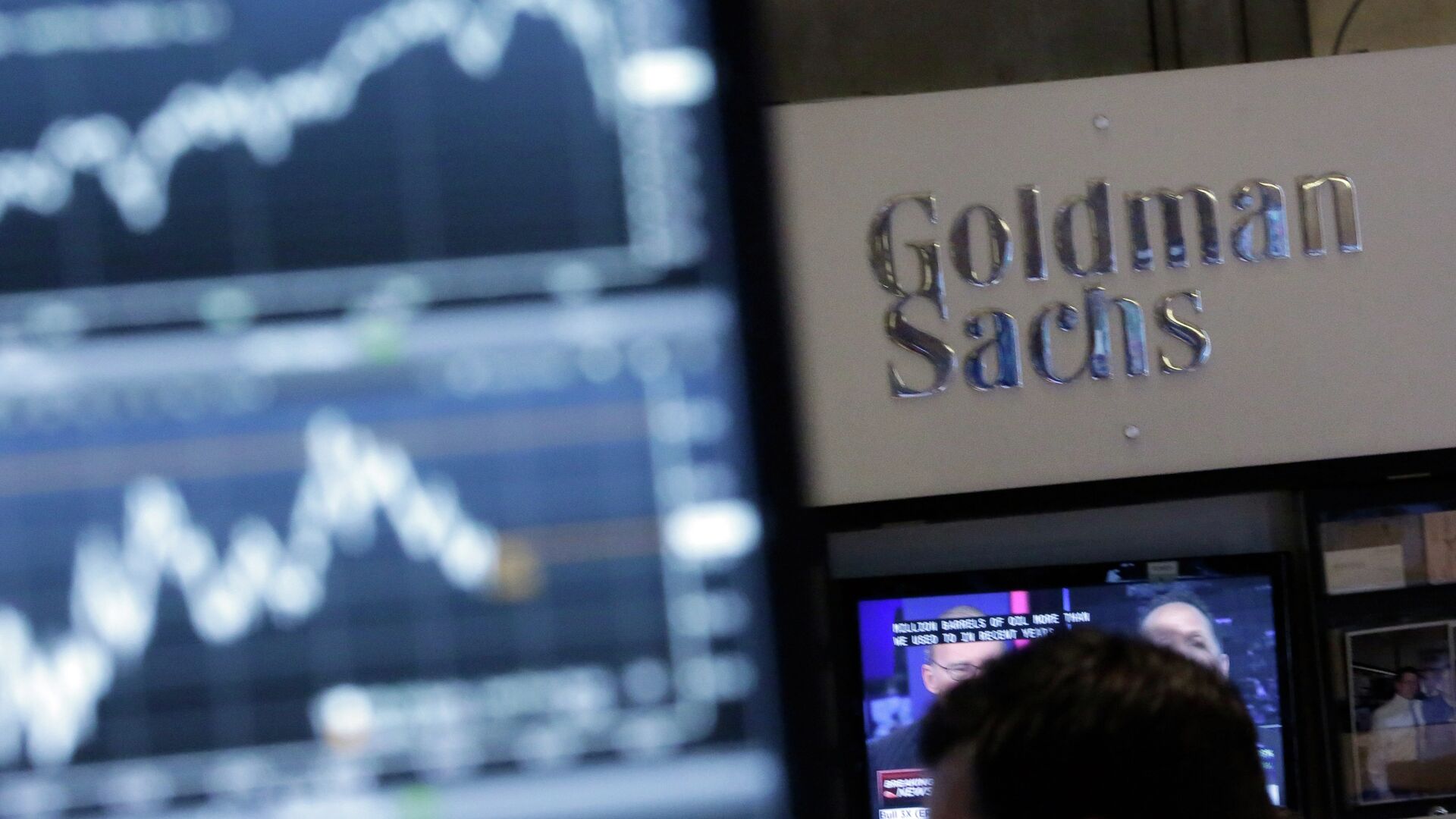Goldman Sachs: Fed Expected to Hike US Rates by 50 Basis Points in Both May, June

"Our best guess is that the shift in wording from 'steadily' in January to 'expeditiously' today is a signal that a 50bp rate hike is coming," Goldman Sachs’s analysts wrote in a report issued for public dissemination on Tuesday after being circulated first among the firm’s clients a day earlier.
The Fed’s policy-making Federal Open Market Committee (FOMC) has six more meetings through 2022 and the central bank has said there could be as many rate hikes before the end of the year. The FOMC's next two meetings are scheduled on May 3-4 and June 14-15.
“There is an obvious need to move expeditiously to return the stance of monetary policy to a more neutral level, and then to move to more restrictive levels if that is what is required to restore price stability,” Powell said in a speech to the US National Association for Business Economics on Monday. “If we conclude that it is appropriate to move more aggressively by raising the federal funds rate by more than 25 basis points at a meeting or meetings, we will do so. And if we determine that we need to tighten beyond common measures of neutral and into a more restrictive stance, we will do that as well.”
The Fed has achieved success with its second target by bringing unemployment down to 3.8% in February from a pandemic- and record-high of 14.8% in April 2020. But it has done woefully so far in tackling inflation.
The US economy grew 5.7% last year, growing at its fastest since 1984. But inflation, measured by the Consumer Price Index, grew at an even faster rate, expanding by 7% in 2021, its most since 1981.
The FOMC's more hawkish policy-makers - including Christopher Waller, one of the central bank’s seven governors, and St. Louis Fed President James Bullard - have called for 50-basis point hikes for more than a month now.
After slashing interest rates to near zero following the outbreak of the coronavirus pandemic in 2020, the Fed provided stimulus of more than $2 trillion over the past two years to ensure enough money to sustain credit markets. On top of that, the US federal government spent trillions of dollars more on pandemic relief measures, while employers paid out higher wages to working Americans. All that money, along with supply chain bottlenecks arising from the pandemic, have led to soaring inflation.


